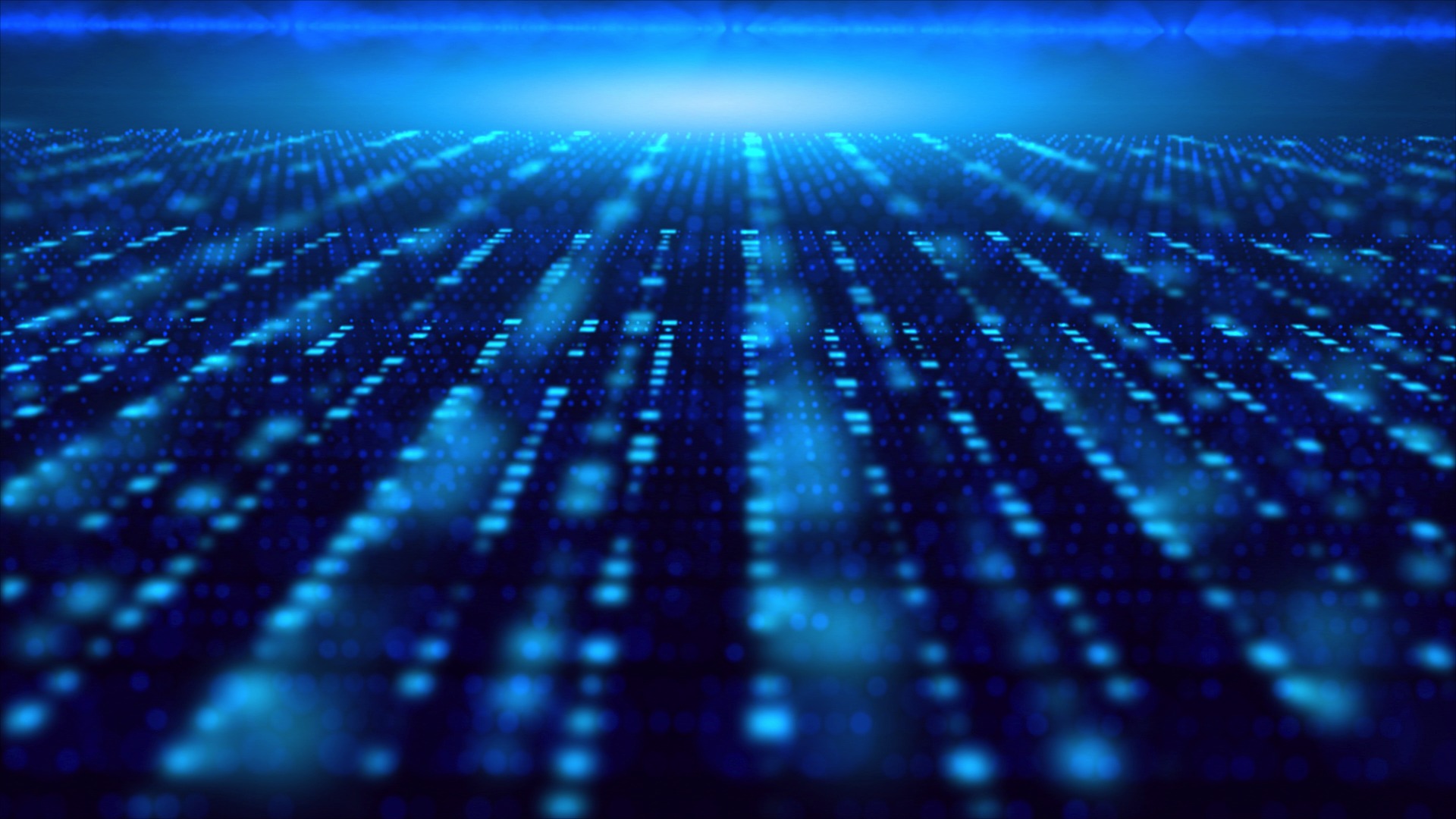New Method of Digital Storage Utilizes Racetrack Memory with Light Pulses
Researchers have developed a method of recording computer memory with light pulses, making writing bytes hundreds of times faster than current methods.
The current method of storing information such as with HDDs use magnetically coated disks that can store information by flipping the poles to indicate a “1” or a “0.” But with the coming demand for faster transmission of data such as with IoT and quantum computers, light have been the proposed idea.
Using optical switching for data storage has been known for several years now with the usage of femtosecond light pulses shot out of lasers. But previous methods required multiple pulses from lasers that ended up with longer write times than traditional methods.
Researchers from the Eindhoven University of Technology in Netherlands have improved upon this method by utilizing technology call racetrack memory with synthetic ferrimagnets.
Racetrack memory is a type of non-volatile memory that works by arranging magnetic materials on a wire as small as 200 nm across. When electrical pulses are passed through the wires, they create breaks in regions across the magnetic material which are called “domain walls.”
When the regions between these domain walls pass over a magnetic read/write head, their magnetic poles will be arranged to according to the data in “0” or “1.”
The magnetic material they used for the racetrack memory is the aforementioned synthetic ferrimagnets made out of layers of cobalt and gallium magnetized in opposite directions. This system continuously writes data by using pulse of light through a laser, which is called an “all-optical switching.”
The pulse of light is in the range of a femtosecond, and results in recording of data in picoseconds; which is in the range of 100 to 1,000 times faster than current data storage technology. The potential for this will all for an explosive increase in data generation and storage.
The research team’s current experiment is still in the size of microns, which will need to be shrunk down to nanometer scale along with chip scale lasers to be integrated to chips. The team is also working on how to read out this data with all-optical technique.
Original Article: https://spectrum.ieee.org/tech-talk/computing/embedded-systems/making-memory-with-light


